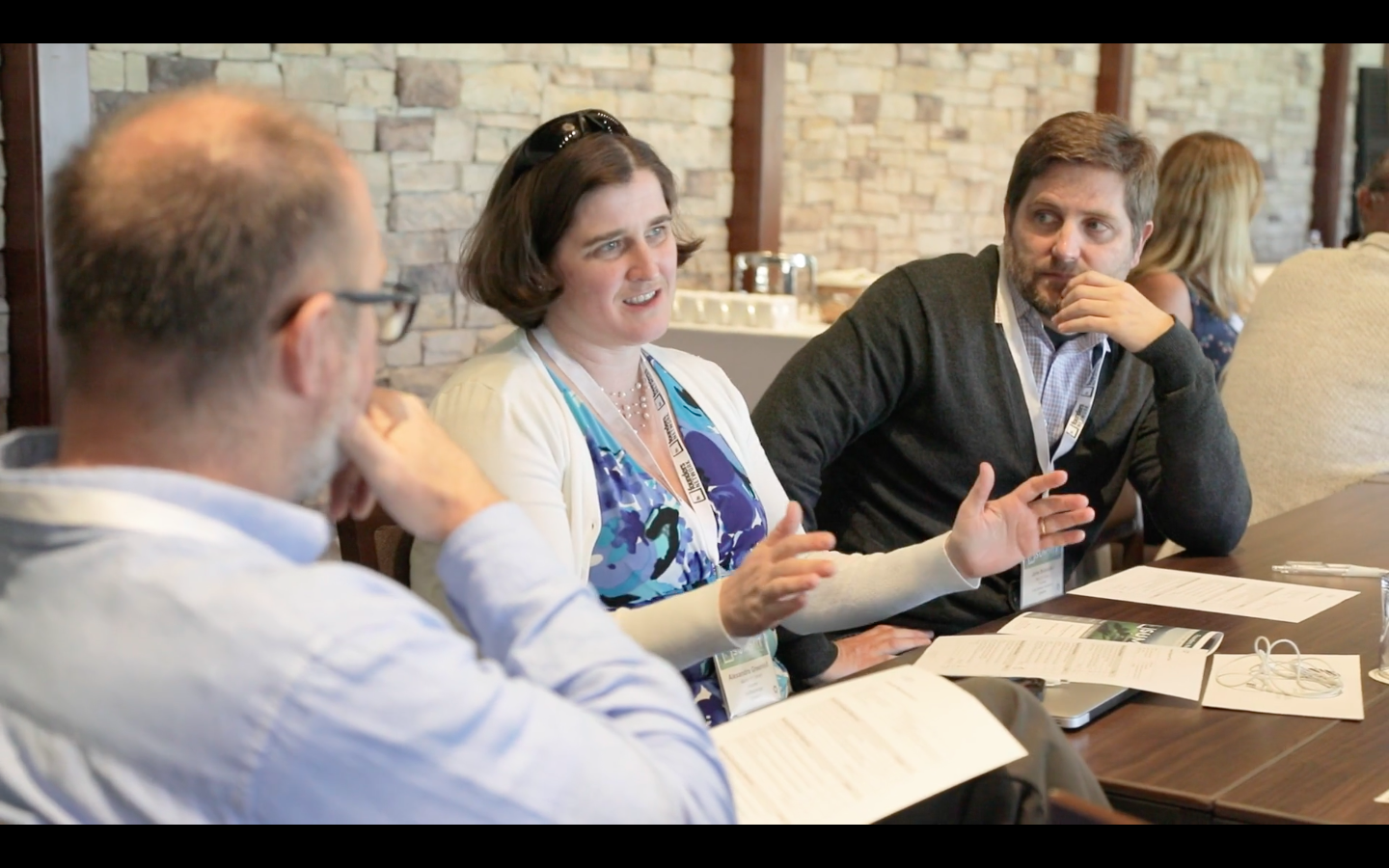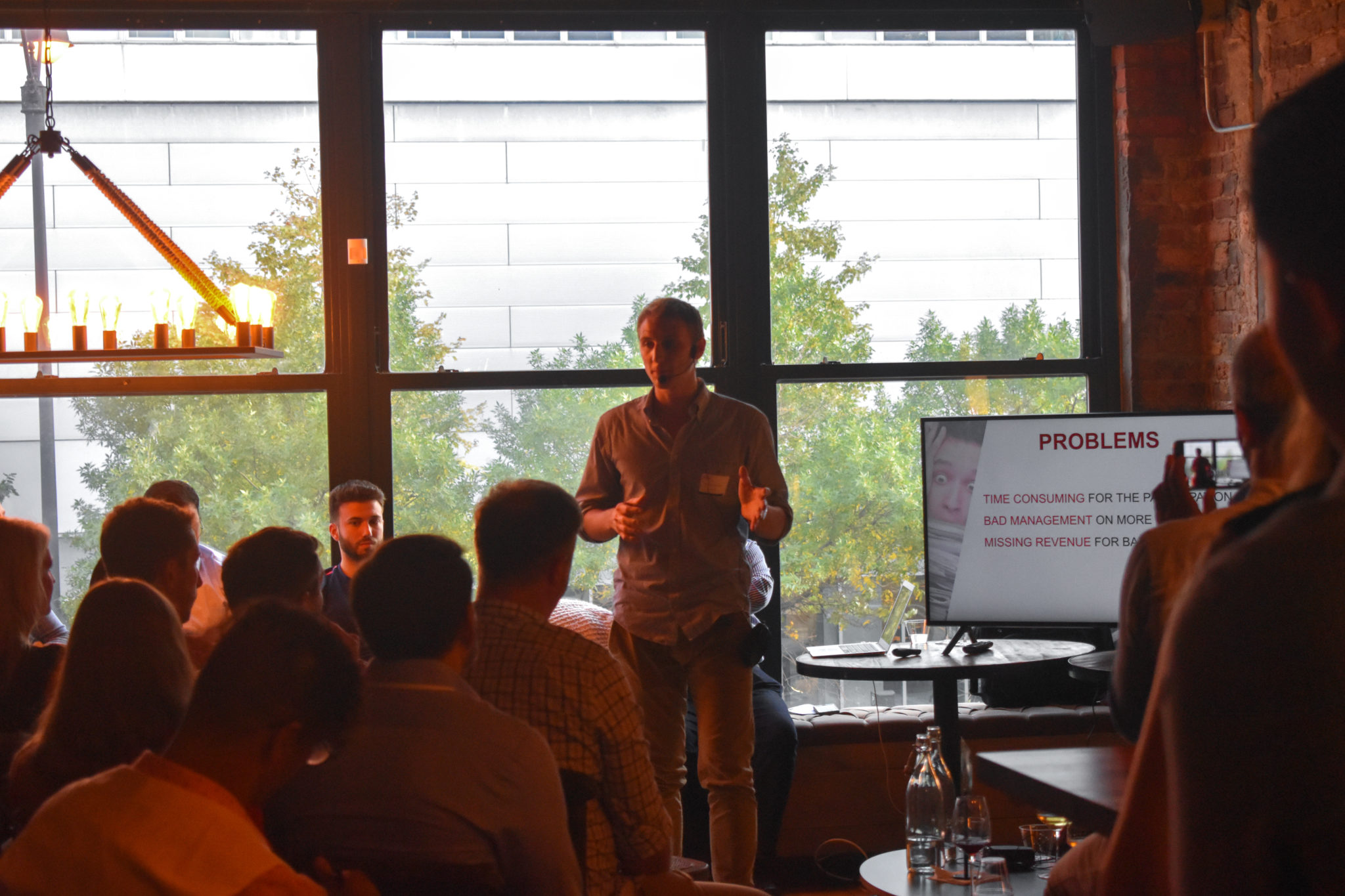
Prior to becoming CEO and Co-founder of Mimoto, an XDR cybersecurity company, Kris Bondi spent more than 20 years positioning technologies and companies. Her unique expertise has contributed to seven acquisitions and two IPO filings.
Bondi attributes her ability to quickly learn different technologies and envision their potential value in the marketplace to a sense of curiosity born from early work as a reporter. She considers asking good follow-up questions and her obsession with details key components of her big-picture analysis. “I think curiosity about how other companies work, of the learnings they’ve had, is really important for a founder. As a leader, I don’t just think of our company, but of how we fit into the ecosystem,” she says.
Her prior experience as a CMO who was brought in repeatedly to get companies to acquisition, the next round of funding, or IPO, has also endowed her with special expertise in GTM (go-to-market) strategy, a topic she’ll be discussing at fnSummit.
“You can’t design your go-to-market strategy in a silo. You don’t want to just go forward and then, at some point, the product person turns around and says: Why are you doing this?” - @kbondi Share on XUse thorough analysis to know your customer
Before creating any B2B go-to-marketing plan, Bondi says companies should determine to whom they are selling their product or service. She cautions that this sounds simpler than it is since thorough analysis is required to determine who makes the purchasing decisions within a company and who and what are influencing them.
She tells of a company that offered a freemium model for a dev tool and assumed sales would follow. She notes this is often an assumption with freemium models, but more is needed than simply making a product available with a free tier. To this point, when Bondi analyzed the company’s highest-value customers, it became clear that the users were not the buyers. While the tool was used mostly by developers, those who made the decision were focused on an architecture shift. Their title didn’t matter as much as what the buyer cared about most. While the developers liked the tool, they didn’t make large purchasing decisions. As a result of this finding, Bondi changed the GTM strategy to focus on adoption at the user level, while emphasizing architectural benefits to address the needs of prospective buyers.
She explains: “If my product can help save time, but that isn’t one of the buyer’s top concerns, it’s a nice to have, but not a must have. Without the urgency of addressing a perceived immediate need, this misalignment leads to a sale being put off to a later date.”
“One of the challenges is that VCs often have a certain idea of how go-to-market should work. Sometimes it works and sometimes it doesn’t. As you grow, the market may change, and your strategy may need to change too.” - @kbondi Share on XAlign your GTM strategy with all parts of the company
Although the right sales pitch is crucial, Bondi believes an effective GTM strategy goes beyond sales and marketing, touching many areas including company vision, product design, and finance. For example, before creating a strategy, there must be communication between the product managers and marketing teams.
“You can’t design your go-to-market strategy in a silo. You don’t want to just go forward and then, at some point, the product person turns around and says: ‘Why are you doing this?’” Bondi recommends transparency, so that all departments are aligned and working toward the company’s larger vision.
Neura: Successful GTM strategy in action
When Bondi was brought in as marketing CMO at Neura, an Israel-based AI company, it had less than 5,000 active users. Because implementing Neura began with an SDK, the company initially thought targeting small organizations through hackathons would be a faster path to implementation. However, once implemented, they saw usage fall off and projects abandoned as there was little need behind them.
“I think curiosity about how other companies work is really important for a founder. As a leader, I don’t just think of our company, but of how we fit into the ecosystem.” - @kbondi Share on XBondi took a different approach, which included integrating third-party data showing the number of downloads apps had per month. She then set a minimum of 50,000 downloads a month as a baseline criteria for beginning sales talks with a potential customer. Within nine months, this approach led Neura to have over a million active users. Four months after that, they added an additional 500,000.
“We succeeded because I changed the go-to-market to match what we needed, instead of staying with what seemed easy and not really thinking about the motivation on the user side,” she explains.
Don’t be afraid of change
Bondi has found that to get GTM right, ongoing measurement and change is often necessary. “One of the challenges is that VCs have a certain idea of how go-to-market should work. Sometimes it works and sometimes it doesn’t. As you grow, the market may change, and your strategy may need to change too.”
So how does she get others on board to implement change? “It’s not such a challenge when you can back up what you are suggesting with facts. You bring people into the process, rather than dictating to them,” she says.
fnSummit, taking place from October 13-15, 2021, is an annual event where founders, investors and partners come together to explore the theme of growth. Located in a beautiful resort in California’s Carmel Valley, the event will offer participants a chance to network, share ideas and enjoy a variety of recreational and team-building activities.






